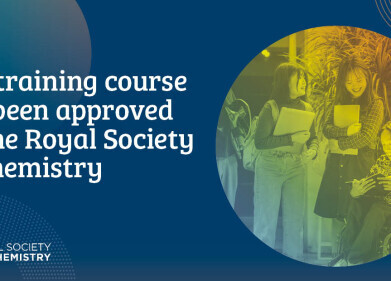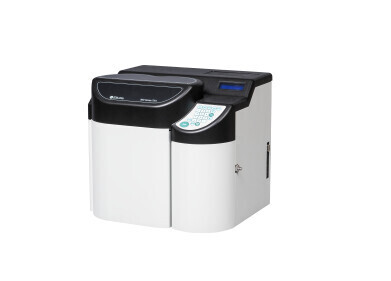Gas Chromatography
Chromatography Investigates the Dangers of Surgical Smoke
Jan 03 2020
Surgery is generally performed to save lives or improve medical conditions. When we think about surgery, for most of us, images from TV dramas and films probably fill our heads with surgeons battling to save lives. We probably never think of the surgeons and other theatre workers as being ‘at risk’ of anything.
But there are multiple risks involved for theatre workers from potential infections from accidental exposures to infectious blood, or accidents involving sharp and powerful instruments used to break bones or open chests. A recent paper published in the Journal of the Society of Laparoendoscopic Surgeons has reported on another potential risk for surgeons and theatre workers - surgical smoke.
Surgical smoke carries a health warning
Diathermy is a surgical technique that uses heat to cut tissue or seal bleeding blood vessels. The technique is also known as electrocautery and uses a high frequency current to remove unwanted tissue or to seal off blood vessels. It is used in the belief that it is cleaner and more efficient than other techniques. A high frequency current is used to make sure that the patient’s nerves or muscles are not stimulated.
But although there are advantages in using diathermy as a surgical technique - there can be some unwanted by-products produced. Electrocautery ablation produces by-products that are known as surgical smoke that are produced through the complete and incomplete combustion of human tissue. Surgical smoke can contain fatty acids, phenols and hydrocarbons and other substances including benzene and formaldehyde. At best these are considered a nuisance as they can cause headaches and irritation to the workers in the vicinity of the procedure. But at worst, surgical smoke can be carcinogenic and mutagenic.
Controlling the exposure
In the UK, the Health and Safety Executive have conducted an evidence-based literature review into the problem and they highlighted the limited number of published studies into the issue of surgical smoke exposure. One current method to prevent exposure to surgical smoke is to use air filters close to the tip of the apparatus carrying out the procedures. In the paper referenced above, a team of researchers from Korea report on the effectiveness of filters on surgical smoke.
The researchers followed seven patients who were undergoing procedures using procedures that would generate surgical smoke and they collected smoke using a filter port and a conventional port. The concentrations of volatile organic compounds and aldehydes were analysed using gas chromatography and liquid chromatography respectively. The use of chromatography to analyse complex samples is the topic of the article, Increasing Peak Capacity for the Gradient Analysis of Protein Digests and other Complex Samples.
The team identified five volatile organic compounds and five aldehydes that had toxic effects or unpleasant odours. They found that the filters reduced the concentration of the volatile organic compounds but didn’t reduce the concentration of formaldehyde below recommended exposure limits. Development of better ports will help to protect workers against formaldehydes.
Digital Edition
Chromatography Today - Buyers' Guide 2022
October 2023
In This Edition Modern & Practical Applications - Accelerating ADC Development with Mass Spectrometry - Implementing High-Resolution Ion Mobility into Peptide Mapping Workflows Chromatogr...
View all digital editions
Events
Jan 20 2025 Amsterdam, Netherlands
Feb 03 2025 Dubai, UAE
Feb 05 2025 Guangzhou, China
Mar 01 2025 Boston, MA, USA
Mar 04 2025 Berlin, Germany














